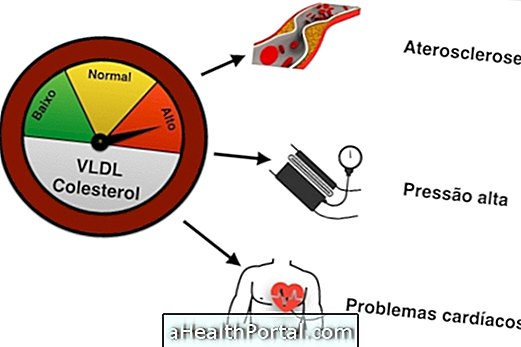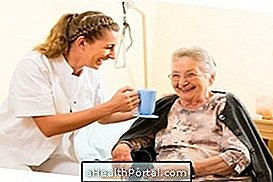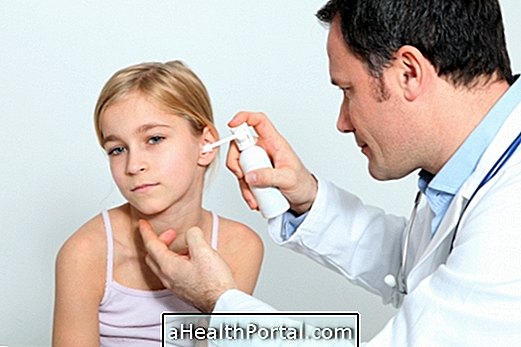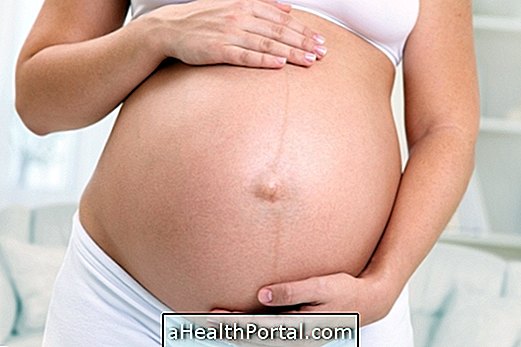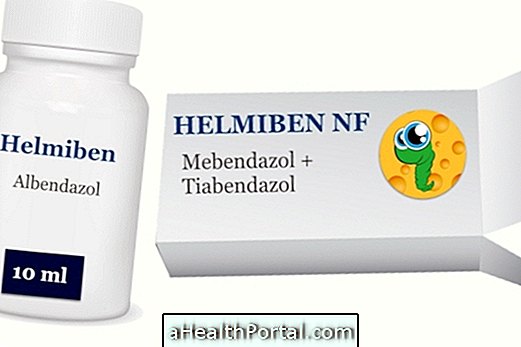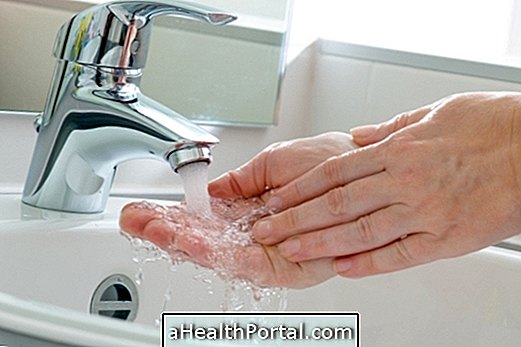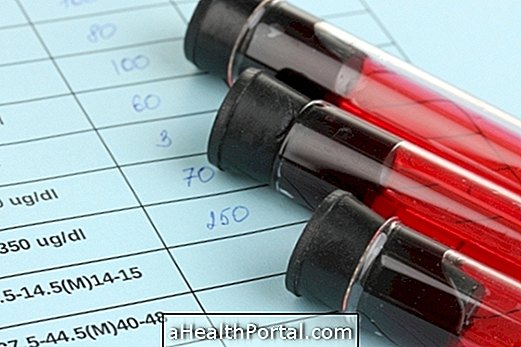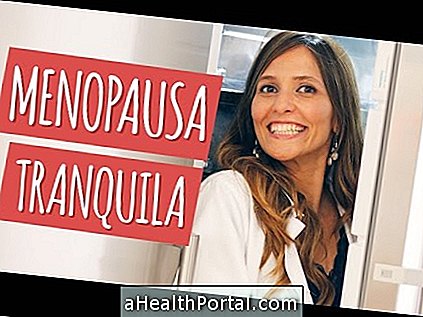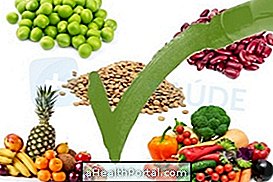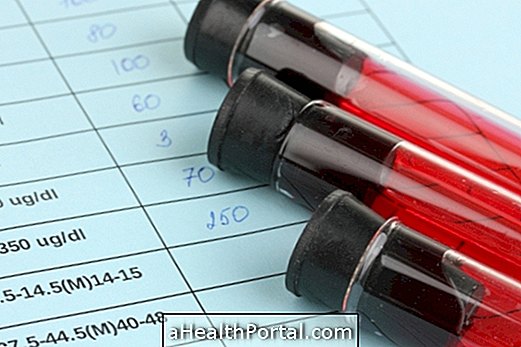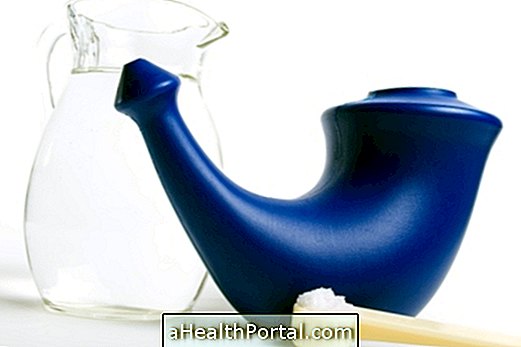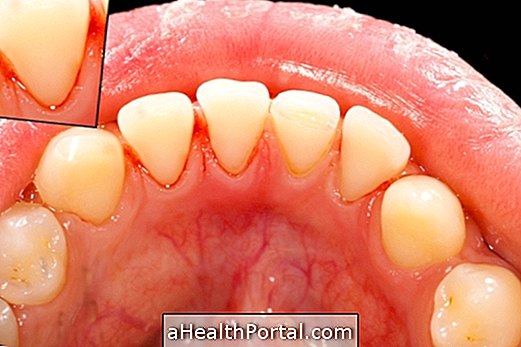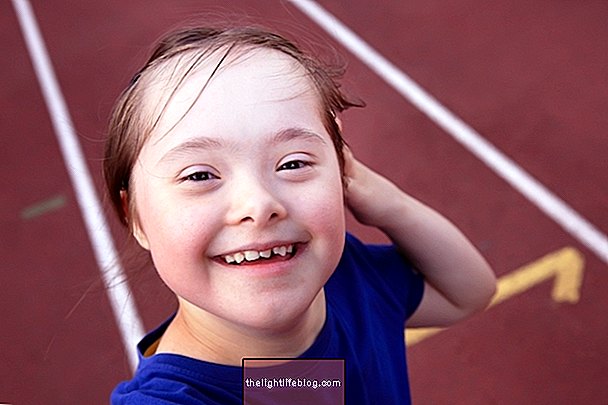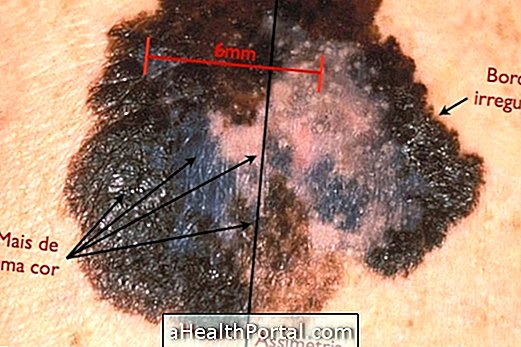The aortic aneurysm consists of permanent dilatation of some part of the aorta, the largest artery in the body, which is subdivided into the abdominal aorta and thoracic aorta depending on the region of the body in which it is located, and the most common type of aortic aneurysm is the abdominal aortic aneurysm.
The risk of suffering this type of injury increases with age, especially men over 65 years. There are still some risk factors for developing the disease such as diabetes, atherosclerosis, high cholesterol, hypertension and coronary disease. See the symptoms of atherosclerosis in the aorta.
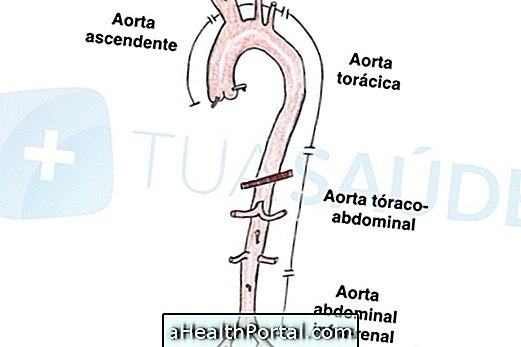
Symptoms of aortic aneurysm
The symptoms of the aortic aneurysm may vary depending on the portion of the affected artery. The symptoms of abdominal aortic aneurysm are virtually non-existent, but the individual may notice a certain pulse in the abdominal region, which can cause intense or constant pain in the chest.
The thoracic aortic aneurysm may generate nonspecific symptoms related to the area where it is located. For example: thoracic aortic aneurysm affecting the throat region can cause difficulty in swallowing and hoarseness. See more details on: How to know if I can have an aortic aneurysm.
Causes of Aortic Aneurysm
The causes of aortic aneurysm are usually related to atherosclerosis, which consists of the accumulation of fat plaques inside the arteries, in this case, the aorta. Atherosclerosis weakens the walls to the aorta, facilitating its dilatation.
For the diagnosis of the aortic aneurysm, the doctor may order examinations such as computed tomography, x-ray and echocardiogram.
How To Treat Aortic Aneurysm
The treatment for an aortic aneurysm consists of performing a surgery to repair the aorta or to replace it with a graft made with synthetic material, depending on the age of the patient and whether there are other diseases involved or not. See how treatment for aortic aneurysm can be done.
For the prevention of an aortic aneurysm, it is recommended to practice regular physical activity and a balanced diet, low in fat and salt.
